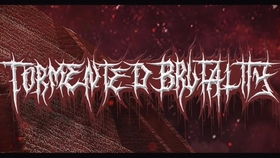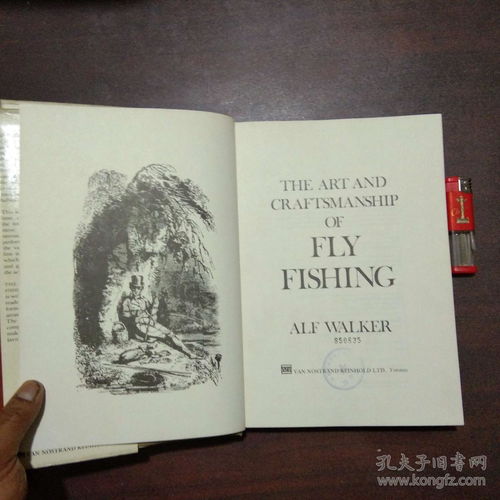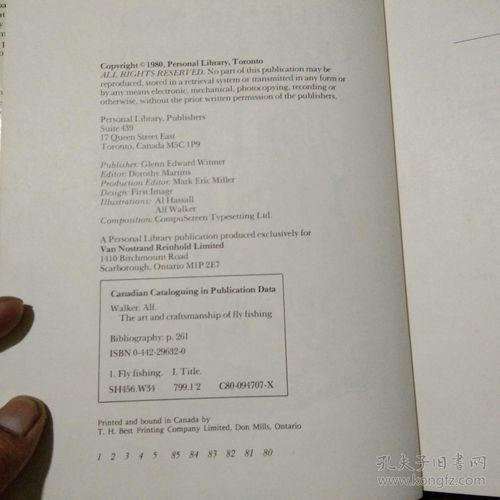When it comes to angling, few experiences can match the tranquility and excitement of catching your own goldfish. These vibrant, colorful creatures are not only a delight to watch, but they also provide a rewarding challenge for anglers of all skill levels. In this article, we'll delve into the world of goldfish angling, offering a comprehensive guide to mastering the art of catching these charming fish. From selecting the right equipment to employing effective techniques, we've got you covered.
Understanding Goldfish Behavior
Before you start casting your line, it's crucial to understand the behavior of goldfish. These fish are often found in still or slow-moving waters, where they feed on a variety of foods, including algae, plants, and insects. They are also known for their curious nature, often swimming close to the surface to inspect their surroundings.
Choosing the Right Equipment
The first step in successful goldfish angling is to choose the right equipment. Here's what you'll need:
Rod and Reel: A medium-action rod with a sensitive tip is ideal for goldfish angling. A spinning reel works well for this type of fishing, as it allows for easy casting and retrieving.
Line: Use a monofilament line with a thickness between 4 to 8 pounds. This line is strong enough to handle the weight of the goldfish but thin enough to be sensitive to their movements.
Hook: A size 6 to 10 hook is typically sufficient for goldfish. The hook should be sharp and well-secured to the line.
Bait: Goldfish are omnivorous, so you have a variety of bait options. Live bait like worms or crickets is highly effective, but you can also use artificial lures or pieces of bread.
Leader: A leader of 12 to 18 inches in length is recommended to prevent the hook from snagging on debris or the bottom of the water.
Choosing the Right Location
Goldfish are often found in ponds, lakes, or slow-moving streams. Look for areas with a lot of vegetation, as goldfish tend to congregate in these areas. If you're fishing in a pond, try to find a location where the water is clear and the goldfish are visible.
Casting Techniques
Once you've set up your equipment and found a good spot, it's time to cast your line. Here are some casting techniques to help you catch more goldfish:
Overhead Cast: This is the most common casting technique. Hold the rod with both hands, then sweep it overhead and forward, releasing the line as you reach the end of your casting stroke.
Sidearm Cast: For longer casts, use the sidearm cast. Hold the rod in one hand and sweep it diagonally across your body, releasing the line as you complete the stroke.

Toss Cast: For short distances, the toss cast is effective. Simply hold the rod with one hand and toss the bait out as far as you can.
Baiting Your Hook
When baiting your hook, it's important to do it correctly to ensure that the goldfish can easily take the bait. Here's how to do it:
Live Bait: If you're using live bait like worms or crickets, thread the bait onto the hook with the point of the hook entering the bait from the side and exiting towards the head. This allows the bait to move naturally as you retrieve your line.
Artificial Lure: For artificial lures, attach them to the hook according to the manufacturer's instructions. Make sure the lure is securely attached and will not come off during your retrieve.
Natural Bait: If you're using pieces of bread, cut it into small, bite-sized pieces and attach them to the hook in a similar manner as live bait.
Fishing Techniques
Once you've cast your line and baited your hook, it's time to fish. Here are some techniques to help you catch more goldfish:
Patience: Goldfish can be slow to bite, so be patient. Wait for them to come to the bait rather than constantly reeling in.
Retrieve: When retrieving your line, move it slowly and smoothly. Goldfish are sensitive to sudden movements, so a gentle retrieve is best.
Adjust Your Bait: If you're not getting bites, try adjusting your bait. Sometimes, changing the type of bait or the way it's presented can make a difference.
Watch for Bites: Pay close attention to your line. Even the smallest movements can indicate a bite. Set the hook gently but firmly when you feel a tug.
Avoid Overcasting: Overcasting can spook the goldfish and prevent them from approaching your bait. Keep your casts short and accurate.
Safety and Etiquette
When goldfish angling, it's important to prioritize safety and adhere to local fishing etiquette:
Stay Safe: Always fish in areas where you're familiar with the surroundings. Be aware of your surroundings, especially if you're fishing near the water's edge.
Respect the Environment: Keep your fishing area clean and respect the wildlife. Avoid disturbing the goldfish or other fish in the water.
Follow Local Regulations: Be aware of any local fishing regulations or restrictions that may apply to goldfish angling in your area.
In conclusion, catching goldfish can be a delightful and rewarding experience with the right techniques and equipment. By understanding goldfish behavior, choosing the right location, and employing effective fishing techniques, you'll be well on your way to becoming a master goldfish angler. So grab your rod, reel, and bait, and enjoy the peaceful art of goldfish angling. Happy fishing!












